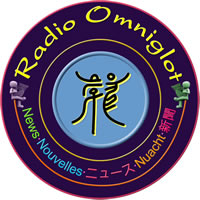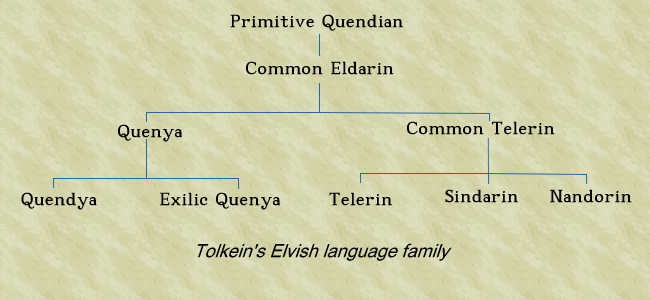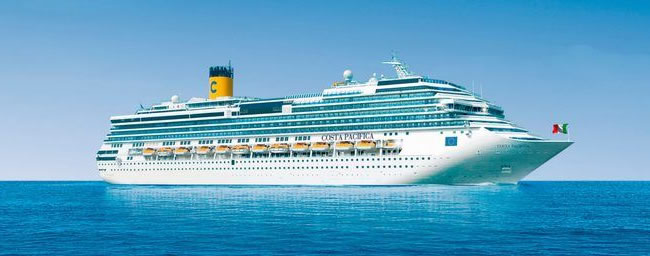Podcast: Play in new window | Download

Here’s the latest news from the world of Omniglot.
New writing system: Thirke Script, which was used in the 14th century in Kodagu in Karnataka, India.

New language pages:
- Idaxo-Isuxa-Tiriki (Luidakho, Luisukha, Lutirichi), a Northwest Bantu language spoken mainly in Kakamega County in western Kenya.
- Baduy (Basa Baduy / Basa Sunda Kanékés’), a Sundanese-Baduy language spoken Banten Province in western Java in Indonesia.
- Kalabari (Kalaḅarị), an Ijoid language spoken in Rivers State and Bayelsa State in southern Nigeria – language number 2,200!
New numbers pages:
- Wantoat (Taap), a Trans-New Guinea language spoken in Morobe Province of Papua New Guinea.
- Valencian (valencià), a Western Catalan language spoken mainly in Valencia in eastern Spain.
- Mojave (Hamakhav), a Yuman language spoken in parts of Arizona, California and Nevada in the USA.
- Mohican (Mahiikan), an Eastern Algonquian language formerly spoken in eastern New York State and Vermont, which is currently being revived.
New Tower of Babel translation: Kalabari
On the Omniglot blog we find connections between the Italian word palco (stage) and English words such as balcony, plank and block in a post entitled Stages & Balconies, and there’s also the usual Language Quiz. See if you can guess what language this is:
Here’s a clue: this language is spoken in Siberia in the far north of the Russian Federation.
The mystery language in last week’s language quiz was: Rongmei (Ruanglat / ꯔꯣꯡꯃꯩ), a Kuki-Chin-Naga language spoken in Assam, Manipur and Nagaland in the northeast of India.
In this week’s Adventure in Etymology, Jots & Tittles, we jot down a jot or two about jots (and tittles).
It’s also available on Instagram and TikTok.
On the Celtiadur blog there’s a new post entitled Credible Belief about words for belief, faith, credit and related things.
Improved pages: Murui Huitoto language page.
In other news, I started learning Swahili on Duolingo this week after finishing the other language courses I’ve been working on, apart from Italian. I haven’t studied a Bantu language before, or indeed a language from Africa, and am curious to see what it’s like and how it’s structured. So far I can’t say much, apart from “Habari, jina langu ni Simon. Mimi ni Muingereza.” (Hello, my name is Simon. I’m British).
For more Omniglot News, see:
https://www.omniglot.com/news/
https://www.facebook.com/groups/omniglot/
https://www.facebook.com/Omniglot-100430558332117
You can also listen to this podcast on: Apple Podcasts, Amazon Music, Stitcher, TuneIn, Podchaser, PlayerFM or podtail.
If you would like to support this podcast, you can make a donation via PayPal or Patreon, or contribute to Omniglot in other ways.
Radio Omniglot podcasts are brought to you in association with Blubrry Podcast Hosting, a great place to host your podcasts. Get your first month free with the promo code omniglot.





